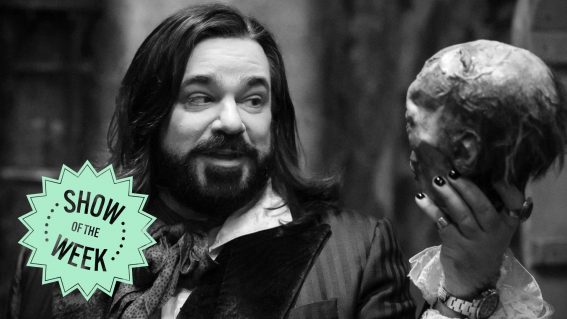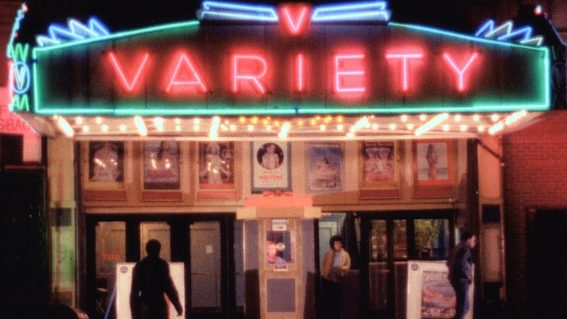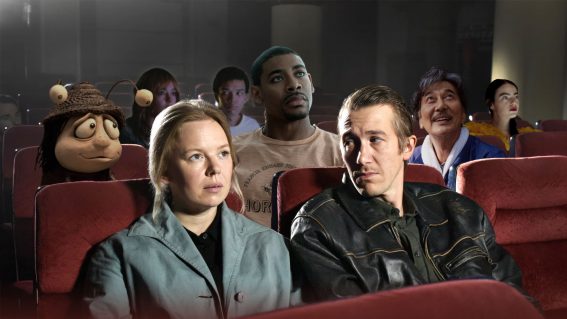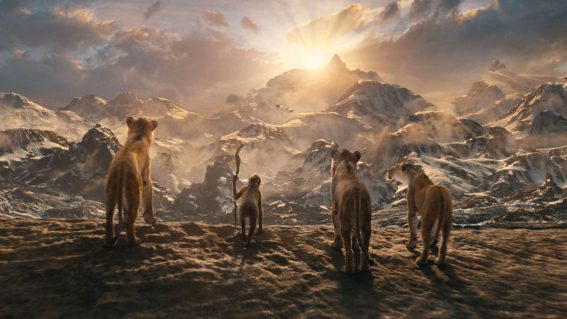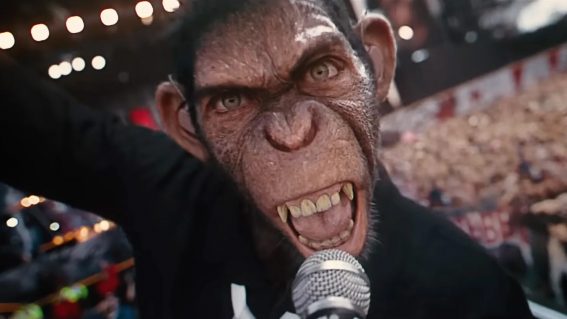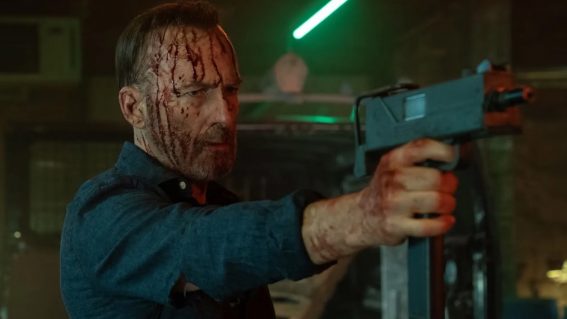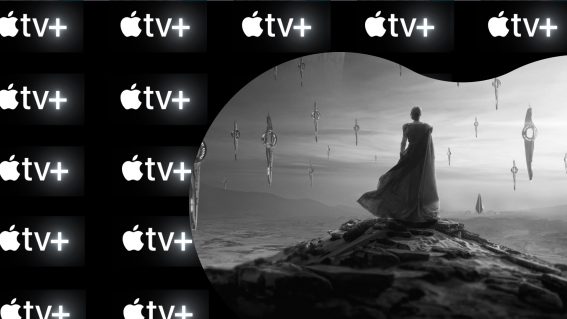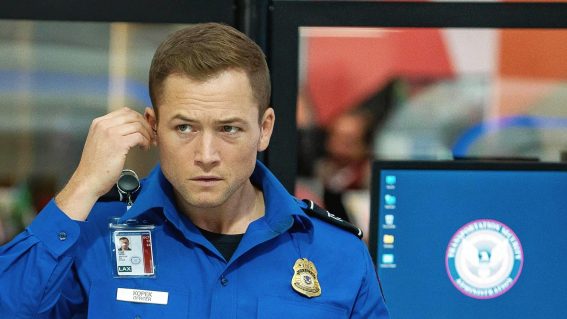‘You can be flamboyant but it won’t make any sense’: George Miller on crafting fantasy worlds
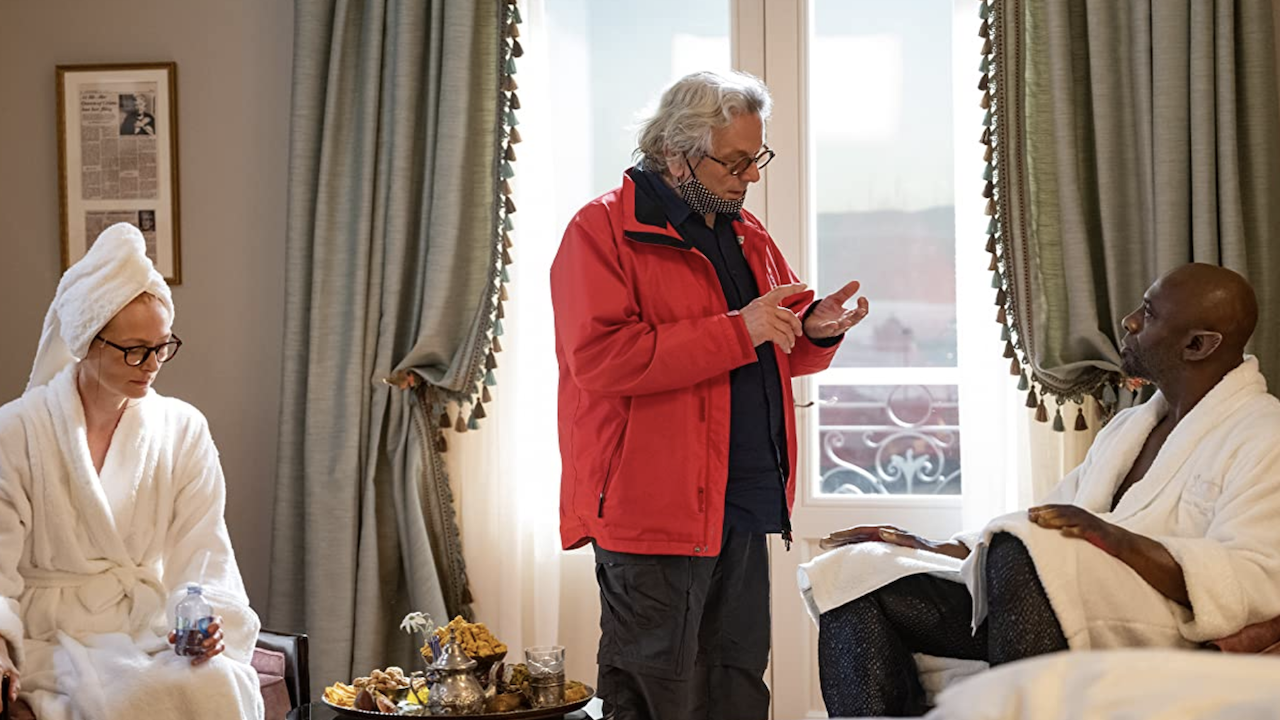
Before he revs off into the desert for his Mad Max prequel, George Miller was able to share some behind-the-scenes inspiration with Eliza Janssen: all about the love for story that fuels his new fantasy Three Thousand Years of Longing.
Three Thousand Years of Longing
Legendary Aussie auteur George Miller must identify with both lead characters in his new film Three Thousand Years of Longing: the bookish lover of stories, and the mystical trickster who brings them to life. The release of this earnest, visually sumptuous tale-of-tales certainly has a sense of mischievous apparition to it, manifesting in a cloud of smoke at Cannes while we were all expecting Miller to be hard to work on the furiously hyped-up Mad Max prequel Furiosa.
Speaking from the latter film’s secretive production in Sydney, Miller was happy to return to the more romantic, escapist world of Three Thousand Years, even if only in words. Because that’s where all good stories start, right? In the bedtime tales we tell our kids, leading to Miller’s “happy experience” penning the screenplay with his daughter Augusta Gore.
“She was always one of those people who really enjoyed language and words from the very earliest”, he says warmly, explaining that his originally plan to adapt the A.S. Byatt novella The Djinn in the Nightingale’s Eye was with close friend and collaborator Nick Enright. “He was a teacher, he was a playwright, he’s written films [such as Miller’s Lorenzo’s Oil]…and then he had a melanoma and it ended up taking his life. He said to me, ‘George, I don’t think there’ll be time for us to work together again. But you should work with Gussie’. She happened to be his goddaughter.”
“And I thought, she is exactly the person who complements my skill and knowledge. I felt I could pass on stuff that I knew, and she passed on stuff that she knew in the process. So we both learn from each other a lot. It was beautiful.”
Leisurely working on the script whenever they could, the family then had to find compelling faces to fit their lavish Orientalist fairytale. I had to ask whether the director ever thought of swapping the parts—woulda been great to see Tilda Swinton as a hairy-legged genie and Idris Elba as a nerdy academic! The answer’s no, but he does reveal that the circumstances of booking Swinton and Elba were just as charmed as their storybook performances.
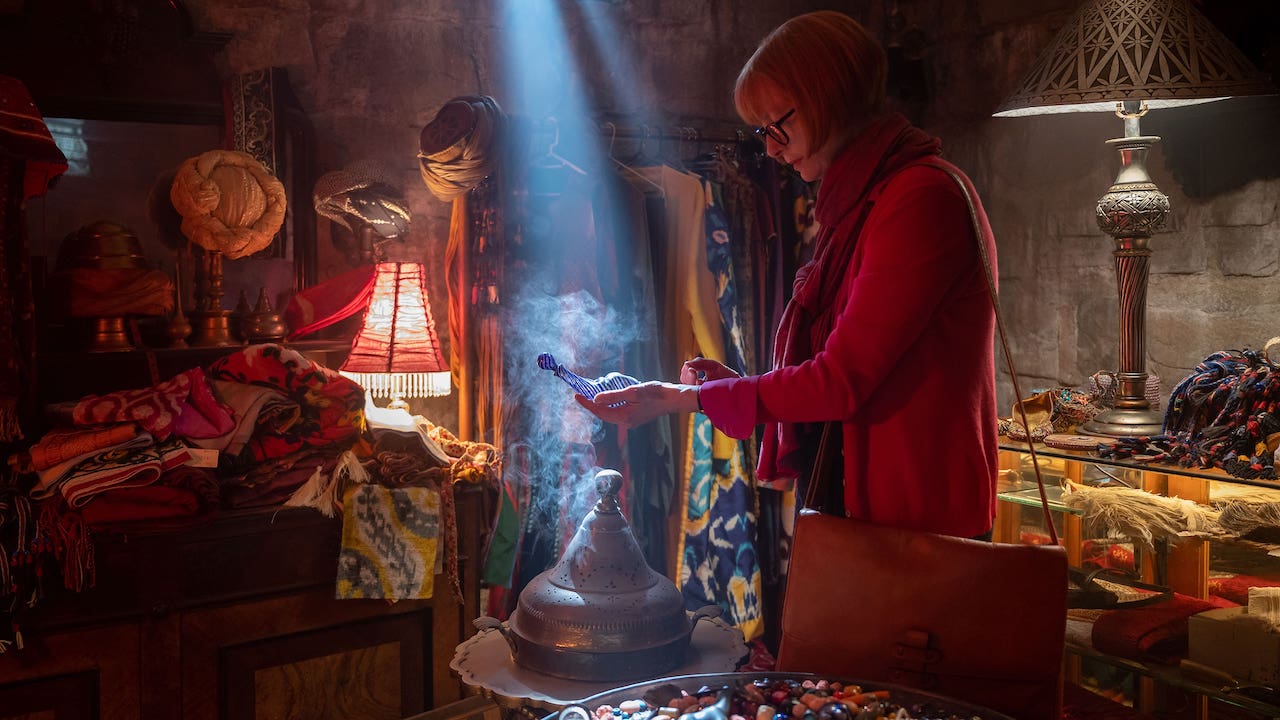
Taking on equal top billing, he’s a centuries-old mystical entity that can change size and form at will and (unfortunately for him) she’s about the only person on the planet content enough with her solitary life to not want the three wishes he’s offering. Miller met his Alithea at a Cannes Film Festival dinner where she was promoting Bong Joon-Ho’s Okja, and found her “vital, intelligent, curious, intensely collaborative…I just thought, ‘my god, it’d be great if she can do it’.”
Elba similarly enchanted Miller when they met at the BAFTAs (“the moment I met him, all that charisma that he had was very apparent”), but the Beast star pulled off a cute magic trick before officially declaring his interest. “He said, ‘I really would love to do it, but I’m in a car going to the airport, I’ll call you back as soon as I can’. Two hours later, he sent a picture to my phone, and it was of him and Tilda sitting together on the front lawn of her farm up in Scotland.”
“He was catching a plane to Loch Ness where he was DJ-ing that night! I don’t think they knew each other from before, but he called her up and they took that picture together. And then COVID came along and we had to delay the movie eight months.” An annoying intrusion of the modern world, although Miller admits that COVID masks brought a sort of musky intrigue to the contemporary London and Istanbul sets…
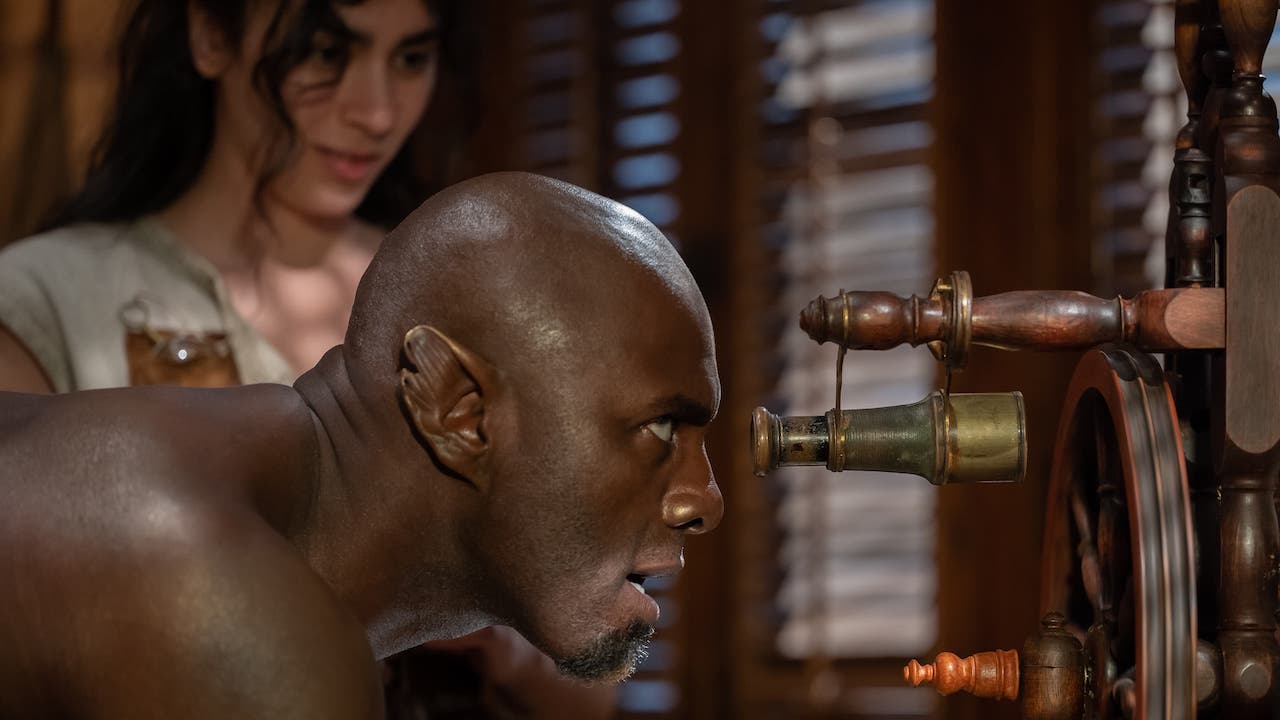
Alithea Binney’s discovery of the djinn’s lamp feels like a modern fantasy even before she meets her wish-granter, perhaps purely for the film’s first-act details of international travel and lush hotel digs. Once the djinn’s stories-within-stories set back the clock, however, Miller and his team were able to get truly unhinged, gradually introducing accurate period detail when they had to.
“You’ll notice in the film, because we’re in, if you like, pre-recorded history, the events in the time of Queen Sheba were much more magical. There’s a creature you see there in the background that’s half a giraffe with zebra markings. There’s a magical kind of instrument being played. But when we get to the Ottoman Empire for the next story, there is an accurate historical record where people often took verbatim what happened.”
Where production designer Roger Ford could research whimsical, unreliable storytelling from each period, those oddities were included too: and are made sensible by the suggestion that we may be seeing everything through our learned protagonist’s imagination. “So when you see the horse Prince Mustafa’s riding, he’s got a pink mane that was taken from a painting that someone had done, where they for some reason made the manes pink. And so you’re gonna be more accurate. Not that it’s a historical piece: in a way you could argue that it’s Alithea’s imagining of it.”
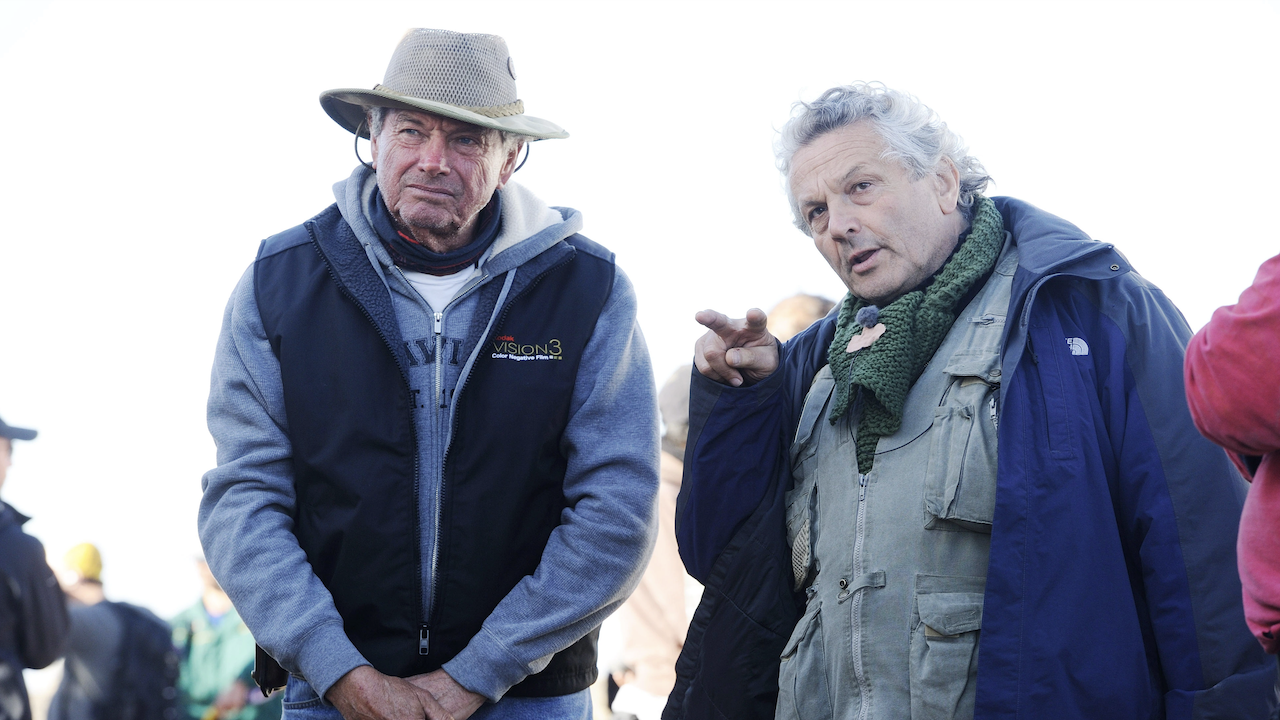
Zooming forward from lush historicism to a gritty post-apocalyptic future, Miller says that there are stricter rules when he’s fleshing out Max Rockatansky’s world. “When you’re dealing with the Mad Max movies or Furiosa, on the one hand, you can run wild, but there has to be a rigour to it. Everything has to be made of found objects repurposed, even language. You have to be able to trace everything back to when humankind fell 45 to 50 years before the story, all of that goes into the world. So to some extent, you can be flamboyant—but it won’t make any sense. I think that applies to any storytelling, fantasy or not.”
It would seem that Miller’s dystopian franchise creation is at odds with the fanciful, more family-friendly realms of Babe and Happy Feet, and with the hopeful romantic narrative of Three Thousand Years of Longing. Indeed, in stark contrast to the cynically-depicted, resource-hoarding baddies of Fury Road, this new film takes a short and sweet diversion to show Alithea offering her close-minded, conservative neighbours an olive branch.
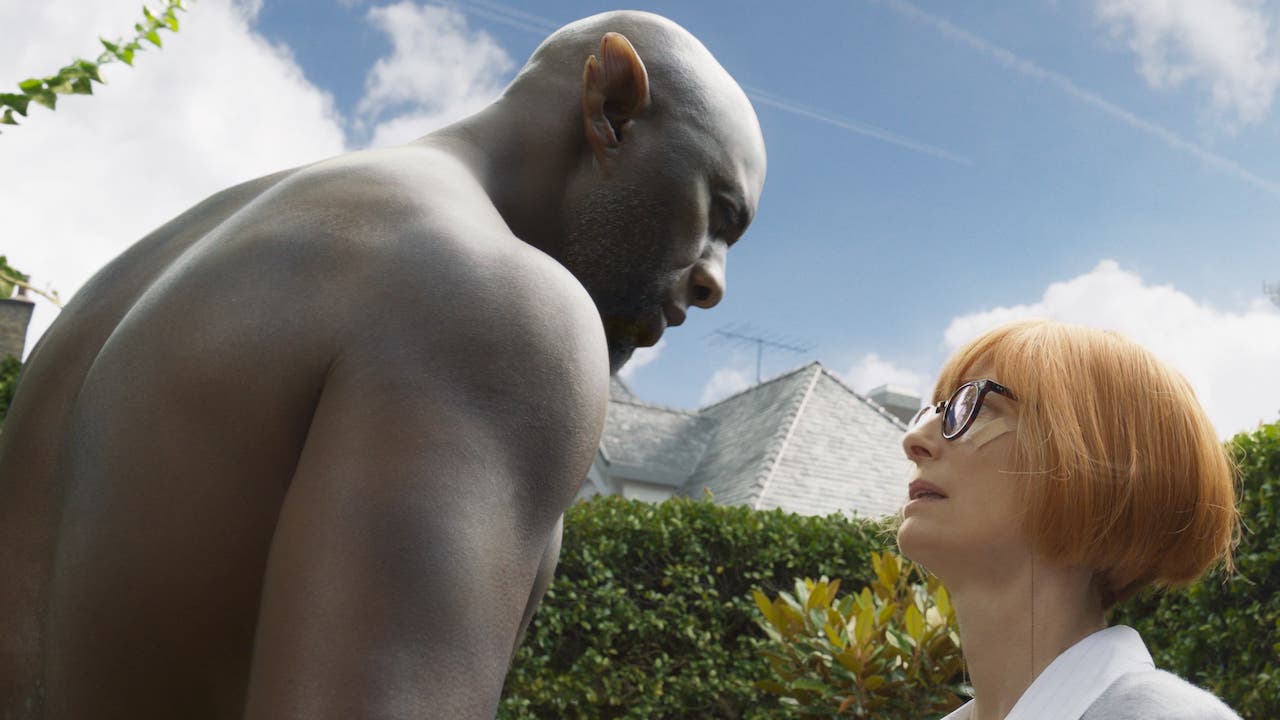
But speaking more broadly about his filmography, the director sees two common threads: a love of story, and a curiosity for new tech. “So whether it’s, you know, films about talking pigs, or dancing penguins, or a djinn in the modern day, or a post-apocalyptic world, the story is the thing.”
“And then it’s often driven by some technology. Babe was one of the first films to use CG to make animals talk; we were one of the first films in the early days of motion capture, to make penguins dance. We were able to make Fury Road pretty kinetic simply because of CG: we couldn’t have made it [with practical stunts] out of just pure safety, even though a lot of it was real.”
It’s only in this later stage of his career that Miller attributes his skills of delegation and problem-solving to his experiences as a young doctor, witnessing the high stakes of the emergency ward. “Certainly the first Mad Max 40-odd years ago grew out of that experience—I mean, they are extreme worlds. But having said that, I think it wasn’t until in recent years that I realised how valuable my having been a doctor was to my filmmaking, I don’t think I would be the same filmmaker. Mainly because when you’re a doctor, you’re tending to see people in more extreme situations: post life and death, childbirth, and so on.”
“You’re also looking at other people from many different points of view: you’re looking at them as they present as a patient, sometimes you’re looking on the inside of them, you get to see them post mortem, down microscopes, from the point of view of a collective in terms of epidemiology, how we behave in groups. So that’s a similar thing to what a filmmaker does really. Your camera can virtually go anywhere nowadays, but also the point of view, the emotional point of view, and perspective is there.”
Bring on the violent, ahistorical, tech-driven story of a singing and dancing spleen, we say. After Furiosa, of course.





